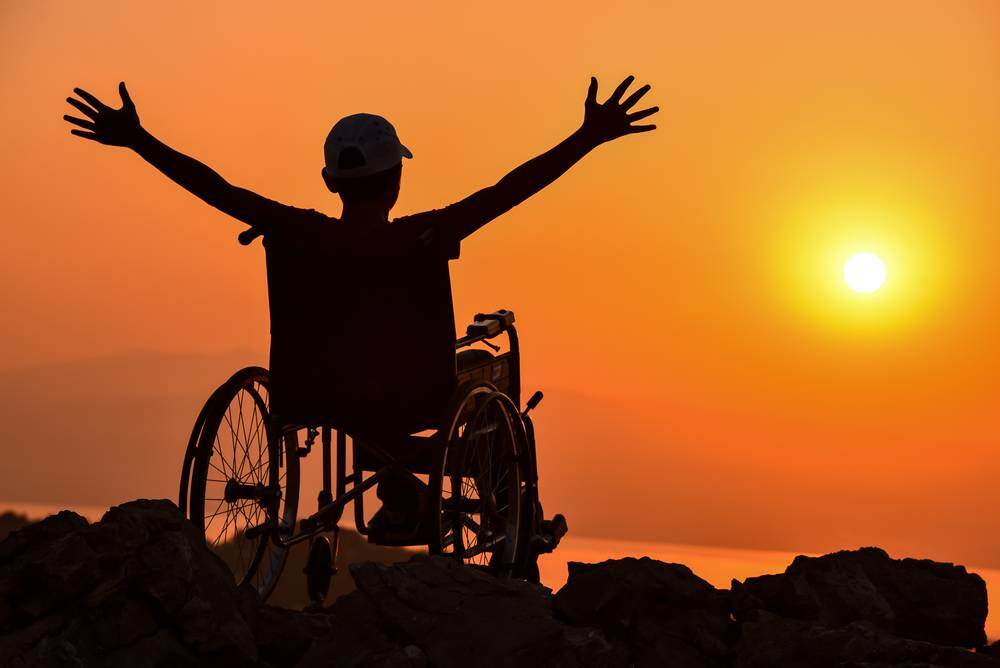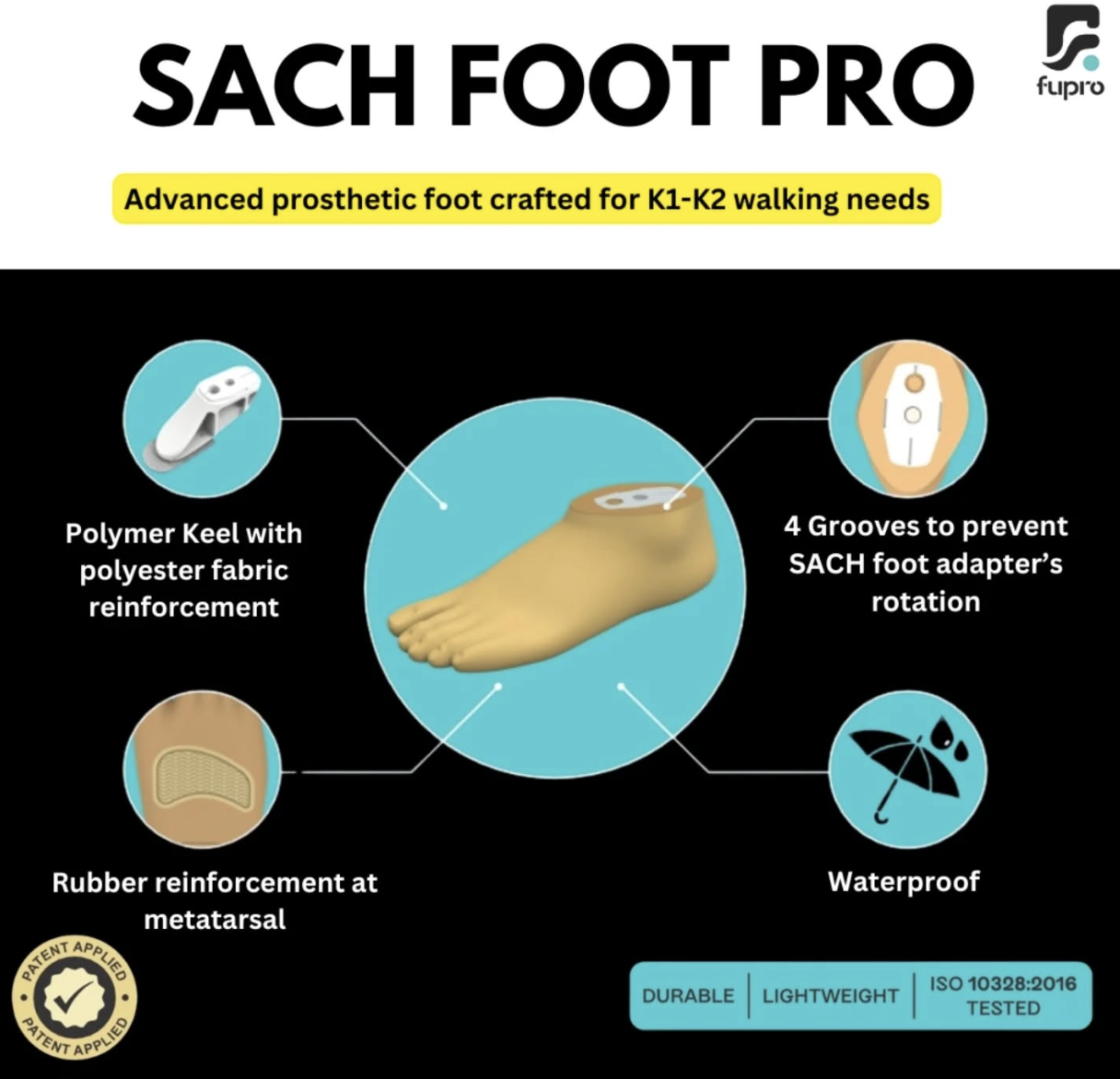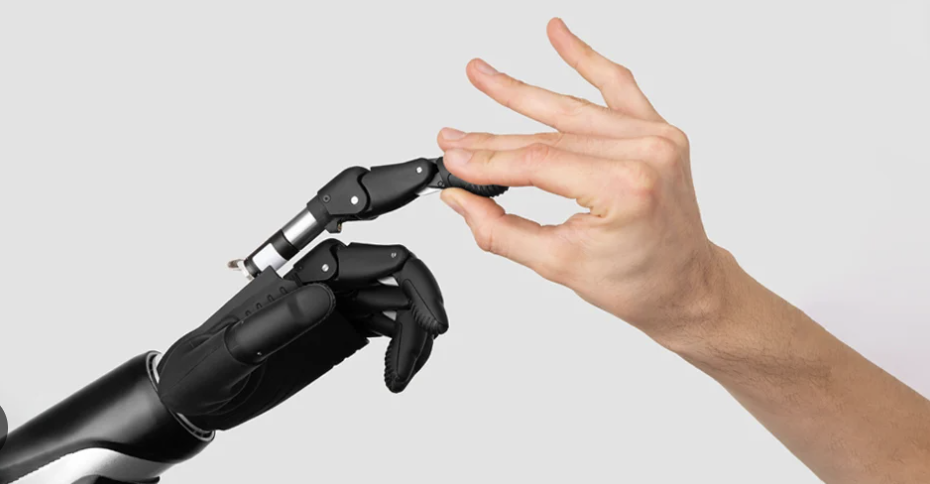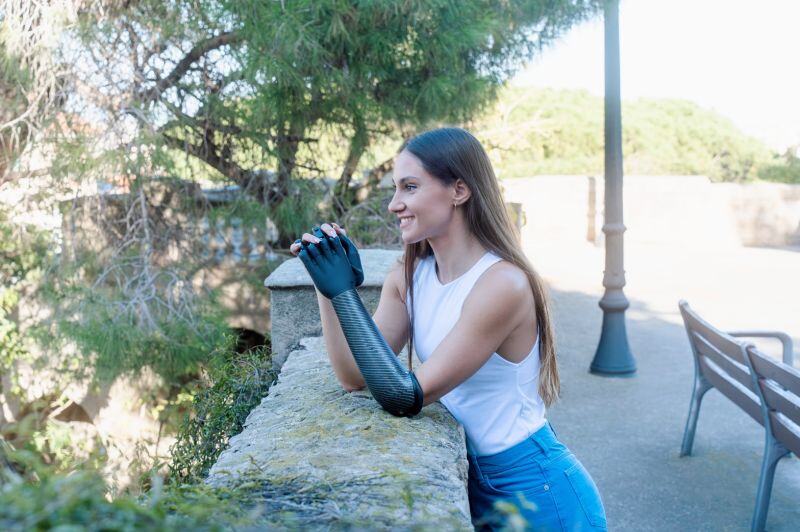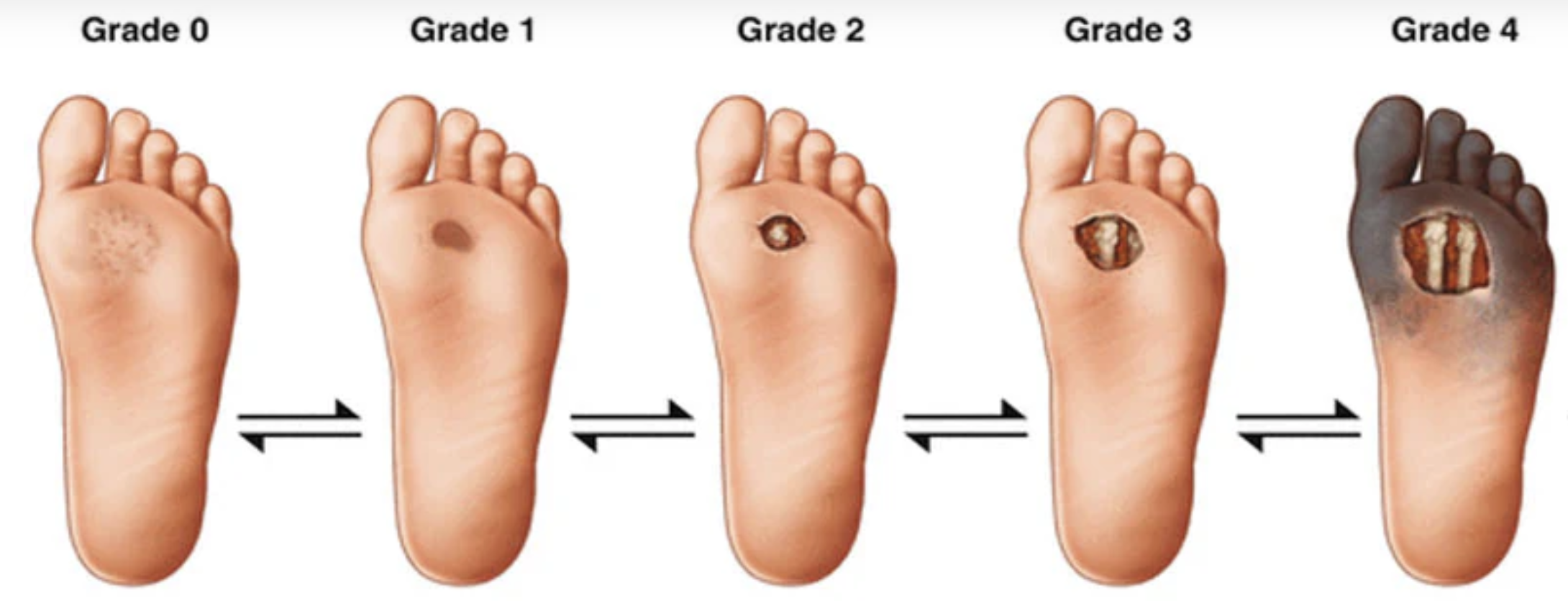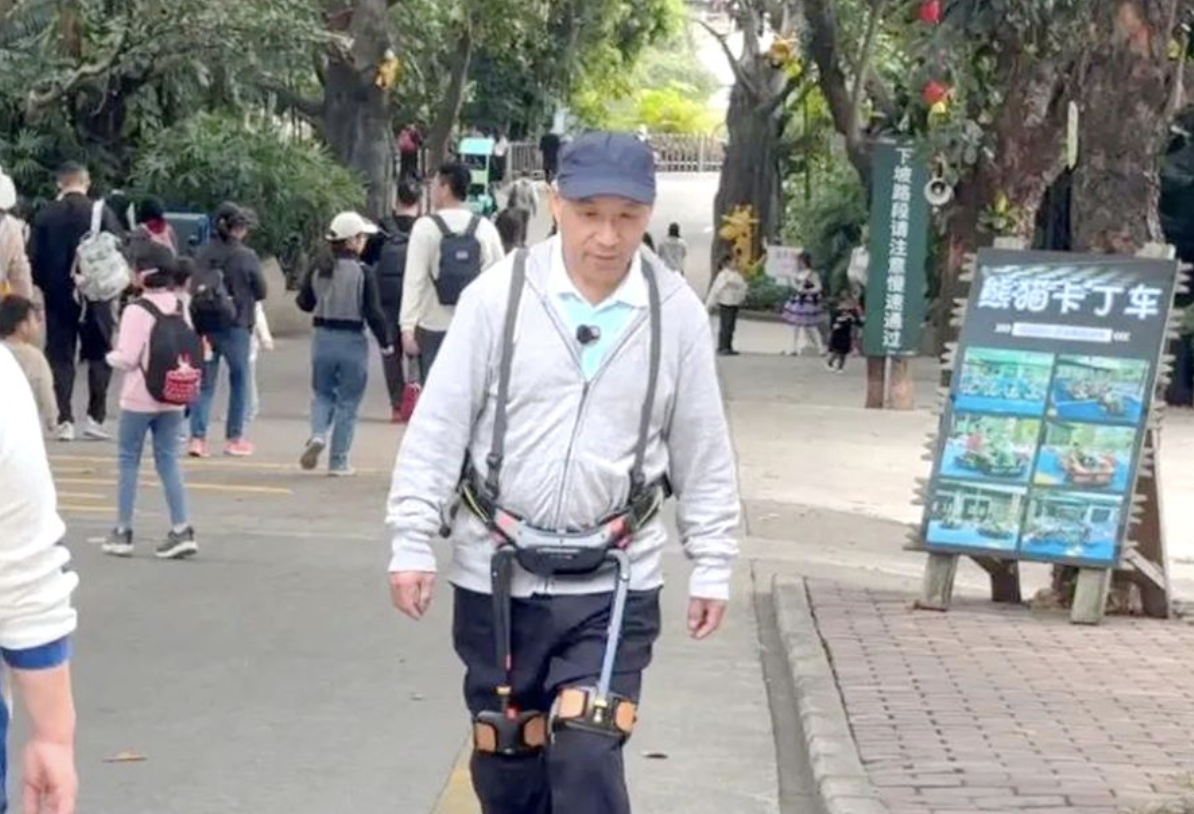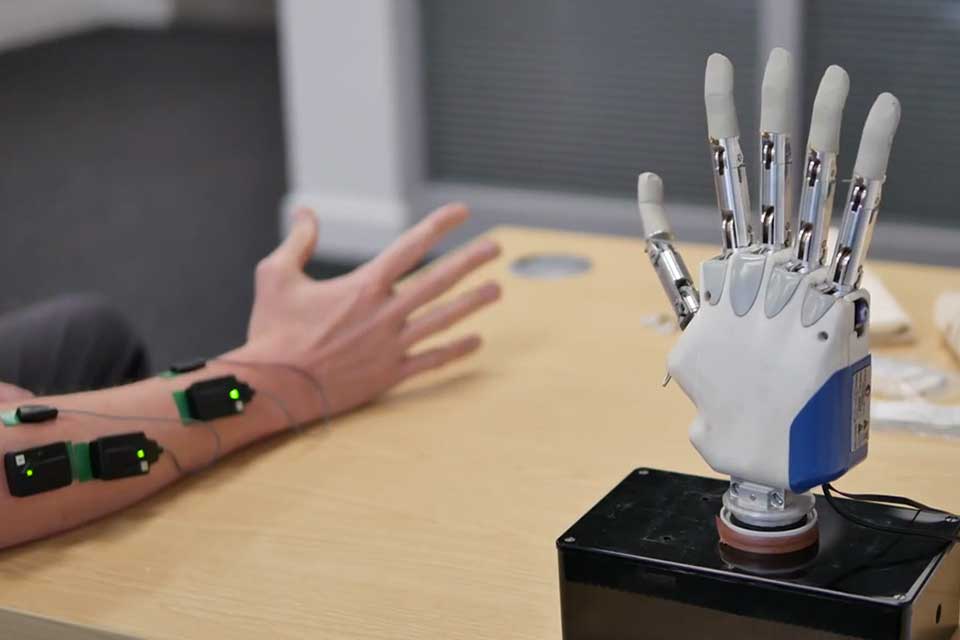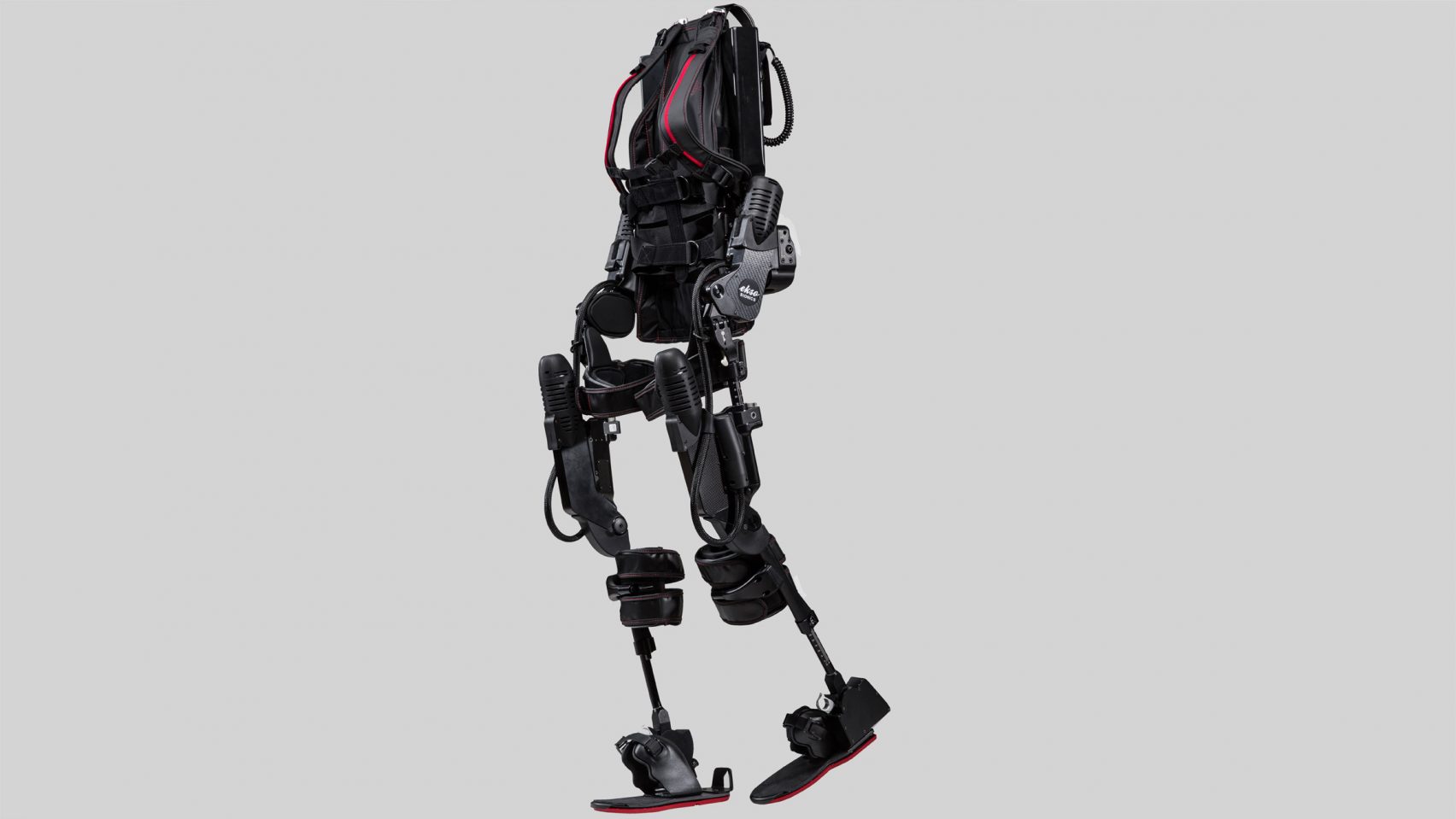India has gone through a demographic and health shift in the last decade and this offers an insight into a very issues of healthcare which had not been given much emphasis for a long time, which is rehabilitation and mobility. As the elderly population grows, people of all ages develop more chronic illness, and awareness about disabilities grows, increased demand for rehab and mobility products that are of high-quality has spread throughout the country.
A Changing Demographic Landscape
The geriatric population in India is growing very fast as estimated, with more than 300 million population above the age of 60 years by 2050. The progress that has been made in health facilities has led to a change in the life cycle and extended human lifespan, but at the same time it has given a stronger accent to the problems connected with it. Disorders that are associated with joints, bones and general frailty such as arthritis, osteoporosis and mobility limitations are rife. These alongwith high incidence of RTAs, strokes, and other disabling conditions in India highlights the need for products that can facilitation mobility, recovery and rehabilitation.
The Rise of Non-Communicable Diseases
Diabetes, cardiovascular diseases and cancers among others are the most common NCDs affecting people in India and have resulted in the highest mortality. Most illnesses arising from the use of these products lead to chronic disabilities, which in turn, demands a lot of rehabilitation.
For example, stroke patients require numerous, if not many, months and years of physical rehabilitation as well as a devices for example wheelchairs. Similarly, persons found with diabetes are likely to develop an amputation and this may limit their mobility thus requiring a prosthetic device or any mobility equipment. The increase in non-communicable diseases has therefore opened up a market for rehabilitation products that are to help people recover from the diseases and lead normal lives.
Disability Awareness and Legislation
Lack of awareness of the disability issues and their legislation is mostly experienced by people with disabilities while in society. The Rights of Persons with Disabilities Act passed in 2016 can be considered as the major shift in the Indian approach to disability rights.
The law expanded the definition of the term ‘disable’ and made it compulsory for government establishments and the built environment as well as transport systems to be more friendly to the disable. This has focused much needed light on issues concerning mobility devices such as wheel chairs, walking canes, crutches, walkers and even artificial limbs.
Although the society has become sensitive to disability, India currently lacks the sufficient and easily available good quality rehab and mobility products.
Most people especially those in rural area and areas of low population density do not have the opportunity to access mobility equipments.
Furthermore, there is always a negative feel attached to the disabled individuals hence families do not put much emphasis on these products thus worsening the situation.
The Current Market Scenario
Traditionally the market in India has been flooded with imported products with many mobility aids and rehabilitation products being costly and thus unaffordable by many. However, products manufactured domestically may be cheaper but they lack good design and quality thus do not serve the different needs of the people.
However, all this is changing with the social landscape of business. In the past couple of years, some Indian start-ups and some existing players have realized the necessity of cost-effective, reasonable, and culturally appropriate Rehabilitation and Mobility. These companies are utilizing better designs, proper material, and technology to come up with products which are well-suited to the Indian market. Thus the emphasis is not only on merely producing functional product but also on making it comfortable, long lasting and visually appealing.
Decoding Seven Technology Trends Shaping Rehabilitation & Mobility
Advancements in mobility as well as rehabilitation products are demonstrating a remarkable impact on peoples’ experience with disability or injuries. Some notable advancements include:
- Lightweight and Customizable Wheelchairs: The wheelchairs that are being manufactured in India at present are lightweight, durable and are easily adjustable wheelchairs meant for Indian surface and climate. Such chairs include features such as the foldable type to facilitate transport besides other comfort-related adjustments to enhance the utilization of the chair.
- Affordable Prosthetics: Advanced prosthetic limbs that would have been expensive and beyond the reach of the majority in the past are slowly becoming cheaper as new and improved versions of material as well as methods of production are developed. There are many more such examples; for instance, Jaipur Foot market has served new cheap solutions for using prosthetic limbs for low-income groups while being as functional and durable as possible.
- Smart Assistive Devices: With the evolution of technology smart mobility devices such as the robotic exoskeletons, and artificial intelligence rehabilitation equipment has been realized. These devices help in shorter recovery time and may be prescribed based on the patient requirements thus making rehabilitation more efficient in the process.
- Ergonomic Walkers and Crutches: Some of the developments associated with the increased concern with the comfort of users include the production of better walkers, crutches and other assistive devices that offer the client with better support, minimized strain and more convenience to the users with mobility limitations.
Challenges to Overcome
However, this is still a major subject of concern due to various challenges that exist on accessibility and utilization of rehab and mobility products. Another very serious problem which has not yet had proper solutions is the shortage of skilled personnel to fit all those devices and recommend an individual selection. Physical therapists, orthoptists and prosthetists are relatively scarce especially in rural centers and often many impaired clients cannot access the physical rehabilitation services.
Moreover, even today people of India get more focused towards curative aspect of healthcare services rather than the rehabilitative services and thus, a provision of facilities for rehabilitative services possibly may be scarce. Rehabilitation services include mobility aids and other services that are mostly not covered by insurance and therefore are costly to families.
The Path Forward
To meet the increasing demand for good quality rehab and mobility products in India, it is very imperative to adopt a several-pronged approach. First, it is required to increase the investment in research and developmentin order to further advance in the development of new products or services that are both accessible and of good quality.
Although more research needs to be done on the effect of private participation in the distribution of these products they have the potential to increase the availability of such products especially in the rural areas.
Also, in terms of rehabilitation needs and usage of any assistive equipment there has to be more awareness. Public awareness campaigns and other initiatives can contribute to eradicating prejudice regarding people with disabilities and promote the need to get proper treatment and care for the family members with such conditions.
To sum up, today’s India is on the crossroads of a huge health care revolution where properly designed rehab and mobility equipment are going to play an important role in improving people’s quality of life.
During the stage of demographic and health transition, the enhancement of this field will not only meet the social demand, but also open a door to the construction of youth-friendly environment in the future.
